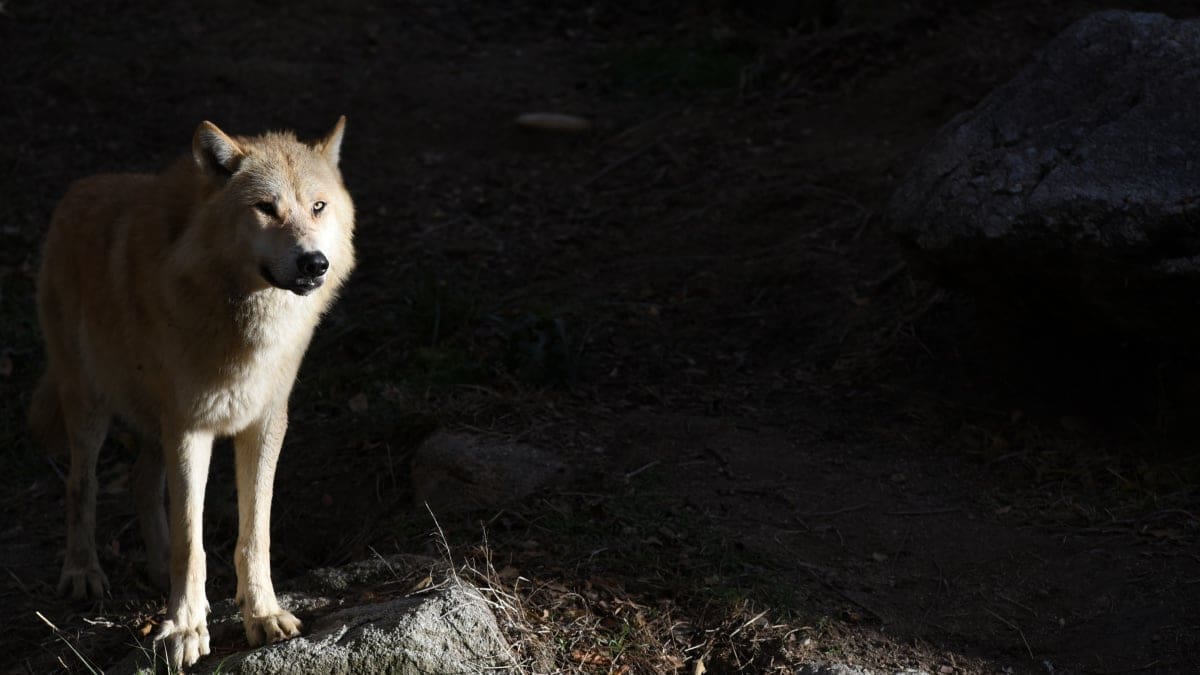Scientists tracked a wolf traveling over 200 miles from its Chernobyl home, raising questions about the spread of mutated genes.
In the winter of 2015, a young male wolf left its home in the radiation-contaminated zone around Chernobyl, a Soviet nuclear plant that catastrophically exploded and melted down in 1986. The wolf traveled over 200 miles from its irradiated home, ranging into uncontaminated woods and, perhaps, meeting other wolves.
The travels of this lone wolf are only known because scientists fitted it with a GPS tracking device to follow its movements. Their research, published last month in the European Journal of Wildlife, begs questions about whether the wolves of Chernobyl might be mating with and passing along any mutated genes to other gray wolf populations, leading to wolves with marred genomes, reproductive problems, or whatever else might come of mutation.
But to begin with, it’s exceedingly unlikely that the radiation outside the ruined Chernobyl reactor — the worst of which long dissipated — has changed the wolves in meaningful ways. It’s possible, though, that some subtler mutations have occurred, and may have spread by wolves journeying well outside the long-abandoned Chernobyl Exclusion Zone (CEZ).






